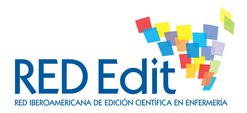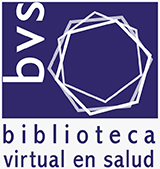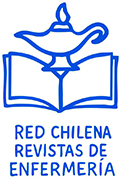opinion nursing undergraduate students from the Health Sciences Faculty at Universidad Autónoma de Chile, Temuco, on clinical r
Keywords:
Clinical clerkship, students, nursing faculty practice, clinical competenceAbstract
The objective was to describe the opinion on clinical rotation of Nursery students, Health Sciences Faculty at Autónoma de Chile University, Temuco. Qualitative, descriptive research through an intrinsic case study. Third, fourth and fifth grade students participated during the second semester of 2010. The sample was intentional consisting of 24 informants signing an informed consent form, using Focus Groups (3) for data collection. Data analysis followed the scheme proposed by Miles & Huberman (1994) and trustworthiness criteria by Guba & Lincoln (1985). 433 units of meaning emerged and seven categories came up: “elements from clinical rotation regarding human and material resources” (88), “clinical rotation assessment” (80), “hindering factors within clinical rotation process” (64), “specific competences of the clinical rotation supervisor” (60), “favorable factors to the process of clinical rotation” (59), “generic competences of the clinical rotation supervisor” (58) and “clinical rotation concept” (24). Conclusion: The supervisor of clinical practices only performs educational, teaching and administrative functions. His relevant personal competences are: effective communication, ethical-moral component. Among the systemic ones: weak appreciation of the nursing process. Among the instrumental: lack of decision-making orientation. It is inferred that the teacher is the human resource that allows the development of the role and competences of the students. It is expected of him/her special attributes related to his/her own specialization and formation in teaching. S/he is the facilitating factor if having these attributes and/or hindering if not.
Downloads
Published
How to Cite
Issue
Section

This work is licensed under a Creative Commons Attribution 4.0 International License.












